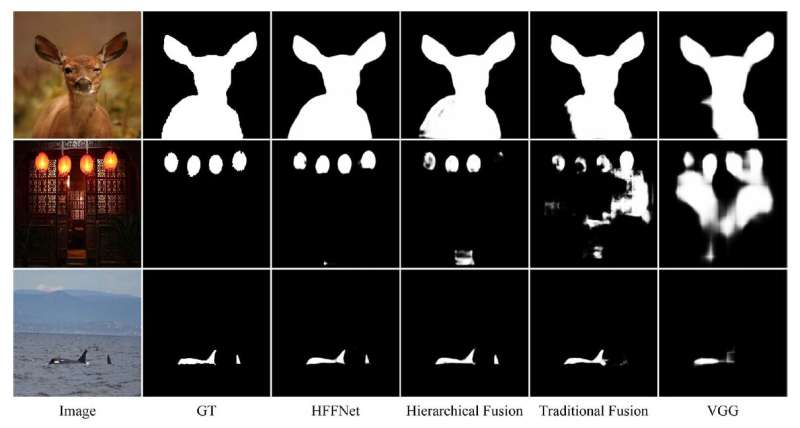Fig.1 Visual comparisons of ablation studies between the state-of-the-art methods. Credit: XIOPM
Salient object detection aims at simulating the visual characteristics of human beings and extracts the most important regions from images or videos. The contents in these saliency areas are called salient objects.
Recently, deep learning methods based on convolutional neural networks (CNNs) have successfully broken through the limitations of conventional methods due to their powerful feature-extraction capabilities. They have been widely used in the field of computer vision and have even been successfully used for salient object detection.
A research team led by Prof. Dong Yongsheng from the Xi'an Institute of Optics and Precision Mechanics (XIOPM) of the Chinese Academy of Sciences (CAS) proposed a novel edge-information-guided hierarchical feature fusion network to accomplish accurate salient object detection.
In this research, the proposed method employs the deep learning method to set up the salient detection strategy.
The low-level edge information is used to guide saliency map generation. Then, a one-to-one hierarchical supervision strategy is used to generate high-level semantic information and low-level edge information. Finally, the hierarchical feature information is fused to accomplish the accurate salient object detection. The results were published in IEEE Transactions on Image Processing.
Since saliency detection is a relatively basic task that can increase computational efficiency, it has played an important role in many fields of computer vision, such as foreground extraction, visual tracking, scene classification, semantic segmentation, video summarization and image retrieval. Over the years, researchers pay more attention to this researching field due to the explosion of artificial intelligence.
More information: Xuelong Li et al. Hierarchical Feature Fusion Network for Salient Object Detection, IEEE Transactions on Image Processing (2020). DOI: 10.1109/TIP.2020.3023774
Provided by Chinese Academy of Sciences
























